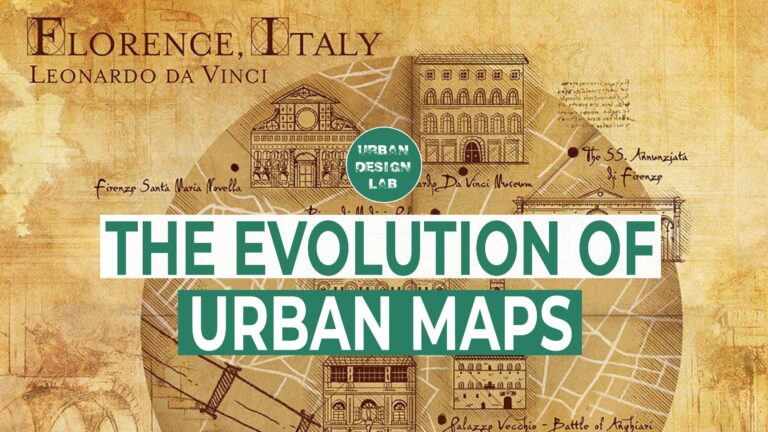
Qualitative Research Methods in Urban Planning & Design
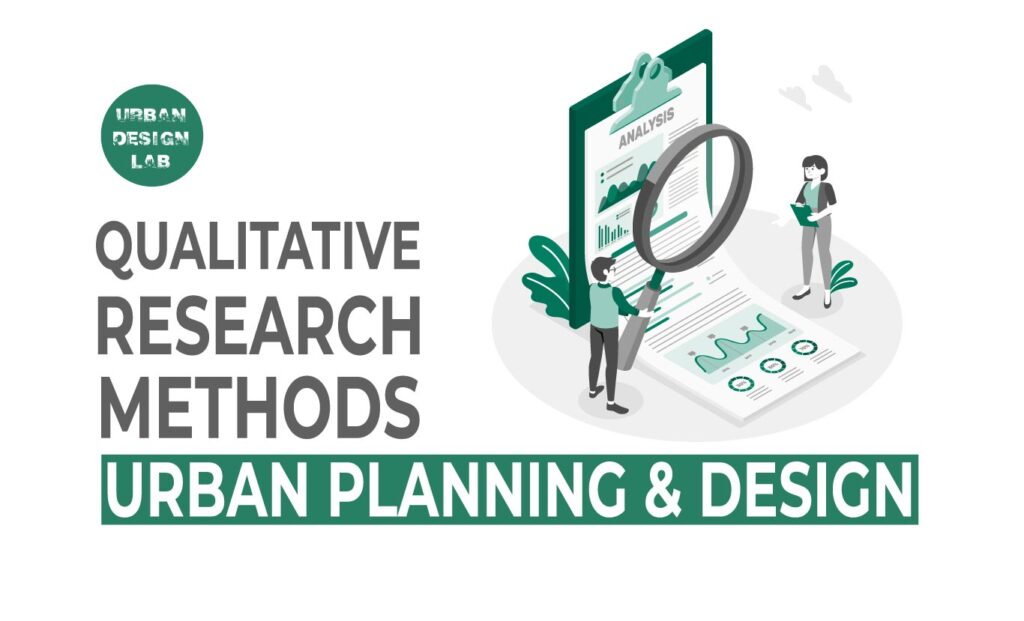
Analytic Methods of Urban Planning: Qualitative Approaches
Urban planning is a task that encompasses the shaping of cities and communities in terms of their social and economic aspects. To gain an understanding of these places urban planners rely on a combination of qualitative approaches. While quantitative methods involve analyzing data and statistics qualitative methods provide a profound and nuanced comprehension of the dynamics, between places, people and their interactions. In this article we delve into the realm of approaches, within planning exploring their valuable contributions to gaining insightful perspectives and facilitating better decision making.
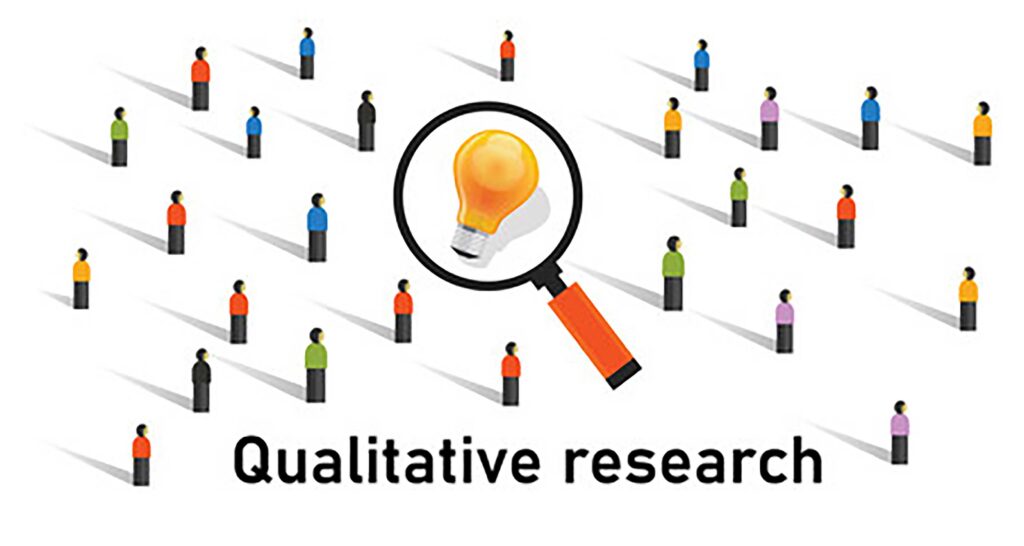
The Essence of Qualitative Approaches in Urban Planning
Quantitative methods provide essential numerical data, but they often fall short when it comes to capturing the intricate layers of human experiences, behaviors, and perceptions. Qualitative methods address these gaps by offering a holistic understanding of the “why” and “how” behind urban dynamics. These approaches are particularly adept at exploring the diverse range of values, perceptions, and unique contexts that shape urban environments.

How Qualitative Approaches Works?
Probing the Depths of 'Why' and 'How':
The realm of ‘why’ and ‘how’ is where qualitative methods flourish. As urban researchers employ these methods, they don the mantle of detectives, following trails of insight that guide them to the motivations and intentions driving the urban landscape. While quantitative data may offer statistical patterns, qualitative methods bring forth narratives, revealing the hidden factors that orchestrate the choreography of urban change. By venturing into this terrain, researchers unveil the blueprints of urban evolution that quantitative approaches might overlook.
Crafting Urban Spaces with Meaning:
Urban spaces transcend bricks and mortar; they breathe with the life force of perceptions and values. Qualitative methods become the artisans of understanding, allowing planners to decipher the intricate mosaic of how diverse groups perceive and value their surroundings. This nuanced insight serves as the palette with which planners craft spaces that resonate with the pulse of community aspirations. By knowing what spaces mean to people, planners can orchestrate designs that cater to a myriad of needs, creating environments where cultural and social meanings intertwine seamlessly.
Understanding Unique Situations:
Qualitative methods hold the key to unlocking the uniqueness woven into the fabric of every city and community. They serve as cultural anthropologists, sifting through layers of history, culture, and context to reveal the threads that compose a location’s individual development story. These methods acknowledge that no two urban entities are identical, as they peel back layers to understand the historical currents, cultural influences, and contextual intricacies that shape each locale’s growth trajectory.
Navigating Complexity:
Urban landscapes sprawl with complexity, a labyrinth of interconnected elements. Qualitative methods function as compasses and maps, aiding researchers in navigating this intricate terrain. By dissecting these complexities, they unearth insights that offer a profound grasp of the urban fabric’s multifaceted nature. Whether unraveling the social, economic, or environmental strands, qualitative approaches illuminate the interplay of factors that shape the urban symphony. In their hands, complexity transforms from an obstacle to a wellspring of comprehension.
Designing a Qualitative Research Project
Creating a successful qualitative research project involves careful planning and consideration. Here’s a step-by-step guide:

Conceptual Framework:
To begin it is important to define the boundaries of your research project. Develop a framework that not only explains the scope of your study but also reveals the core ideas outlines the research questions and establishes the theoretical basis.
Data Collection Methods:
Choosing the right way to collect data is a very important choice. Change these approaches to correspond with the way your study is different. Use a number of tools, such as participant observation, in-depth interviews, focused group discussions, and a deep dive into the content analysis of relevant documents and artifacts.
Data Analysis Techniques:
Start your journey of interpretation when the data analysis reveals its findings. Integrate the results within the framework of your study’s primary questions and underlying theories. The data is transformed into knowledge at this stage, and that information is then integrated into a story while the integrity of the empirical findings is maintained.
Interpretation and Synthesis:
Your qualitative research assignment results in a wide variety of deliverables. These results are more than just academic artifacts; they range from in-depth case studies that deconstruct complex problems to clearly defined evaluations. They have the ability to change the way we think about planning, have an impact on policy decisions, and guide approaches to genuine citizen participation.
Outputs and Applications:
Case studies, hypothetical situations, and assessments are some of the outcomes of qualitative research. These findings can be used to guide policy proposals, community outreach initiatives, and other planning endeavors.
Diverse Data Collection Methods
The toolkit of qualitative researchers brims with an array of methods, each designed to extract the nuances of rich and intricate data:
Observation:
As the researcher enters the urban landscape they become a keen observer of the bustling scenes. Engrossed in the interactions, activities and behaviors this approach allows for an unfiltered and genuine comprehension of the citys essence. With a gaze and an open mind the researcher uncovers the untold stories that truly capture the soul of this place.

Interviews:
Delving beyond the surface, qualitative researchers embark on journeys of dialogue. In-depth interviews become portals through which key stakeholders, residents, and domain experts open the doors to their experiences, perspectives, and insights. These conversations, guided by thoughtful questions, unravel the personal anecdotes that breathe life into urban dynamics, enriching the study with human dimensions.

Focus Groups:
Focus groups bring together a lot of different opinions. When different ideas, beliefs, and points of view work together, they sound good. As people share their stories and think about problems in cities, the researcher can pick up on the small similarities and differences that shape the collective mindset. This method shows how complex urban problems are and encourages people to work together to find possible answers.
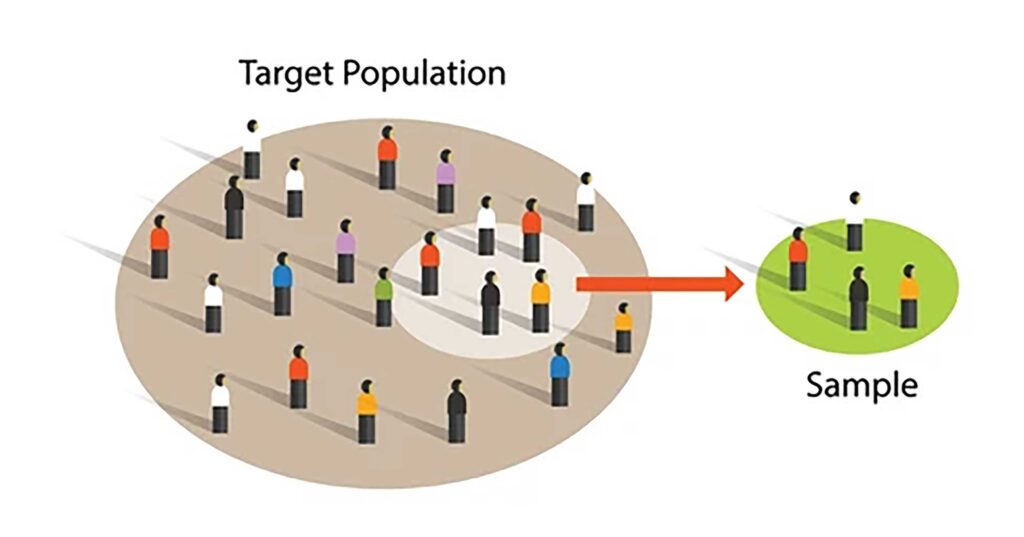
Document Analysis:
Through the pages of papers, historical records, and artifacts, the past can be heard. With a sharp eye, qualitative researchers dig through the archives like archaeologists. These written relics and physical relics provide a historical and contextual view that sheds light on how cities have changed over time. The layers of time overlap, making it easier to understand how cities look now.

Visual Techniques:
When it comes to visual research, photos, maps, and sketches are all great ways to tell a story. Through the glass of a camera, you can see the small details and big views of city life. Maps show how people move through a city, while sketches add an artistic touch to its layout. These visual aids help people understand and talk about complicated urban settings, even if they don’t speak the same language.
In the symphony of qualitative research methods, each instrument plays a distinctive tune, contributing its unique timbre to the harmonious pursuit of knowledge. This ensemble of techniques, rooted in keen observation, empathetic dialogue, historical inquiry, and visual representation, aspires not only to decipher the urban labyrinth but also to illuminate its myriad stories and pathways.

Generating Meaningful Insights
A well-executed qualitative research project generates insights that quantitative data alone cannot provide. These insights can inform urban planning decisions by:
Enhancing Engagement:
As qualitative research digs deeper into the complex web of human values, desires, and viewpoints view, it gives urban designers a sense of the heartbeat of the community. With this knowledge, planners can create a symphony of ways to get people involved and invite them to help make decisions. This openness leads to urban plans that reflect the spirit of the whole community and give people a sense of ownership and pride.
Facilitating Contextual Design:
Every place is made up of a unique mix of its past, culture, and goals. Qualitative observations are like keys that open the doors to these complexities. Using these findings as a guide, urban interventions change into custom-made pieces that fit into the fabric of a certain place. This mix of the practical and the poetic, which comes from a deep understanding of quality, goes beyond simple functionality to create urban spaces that reflect the community’s spirit.
Informing Policy:
Qualitative studies are like a melting pot where the community’s pulse can be felt. When these resonances are carefully recorded, they show up as useful threads that policymakers can use to make policies that are based on facts. By putting these qualitative results on top of data-driven analysis, policies change to reflect the community’s realities, hopes, and problems. So, coming up with policies becomes a dance with the common soul.
Enriching Public Spaces:
Public places aren’t just made of bricks and mortar; they’re also living canvases where people’s lives play out. Qualitative study shows the details of these stories and explains how people interact, connect, and get along in these places. With this information, planners can make spaces that are more than just useful and become places where people can get along. Qualitative insights drive the design of spaces that make it easy for people to talk to each other, make connections, and feel like they belong.
Conclusion:
In conclusion, qualitative methods are an essential part of urban planning. They shed light on the intangible parts of city life, like how people feel and what they think, as well as the historical stories that shape a city’s character. By putting together information they’ve gathered through observation, interviews, and research, urban planners get a full picture of the city’s landscape. This information gives planners the power to make well-informed choices, build strong communities, and shape cities that really work for the people who live there.

Urban Design Lab
About the Author
This is the admin account of Urban Design Lab. This account publishes articles written by team members, contributions from guest writers, and other occasional submissions. Please feel free to contact us if you have any questions or comments.
Related articles


G20 Summit Insights for Urban Planning and Development
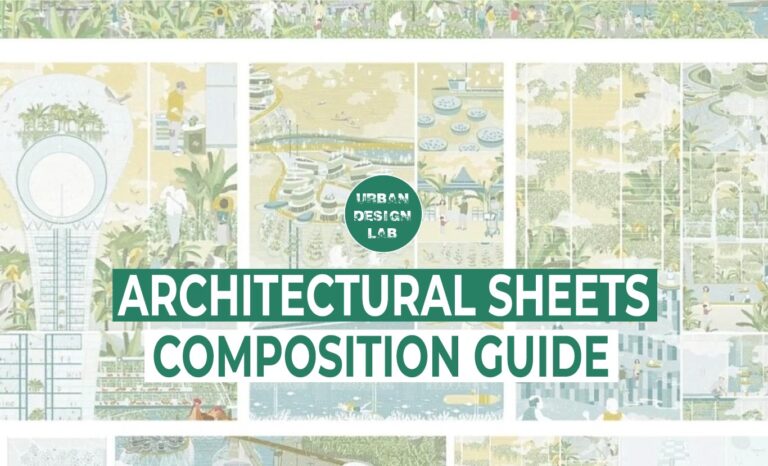
Architecture Sheet Composition Guide

Software Tools for Quantitative Research in Urban Planning
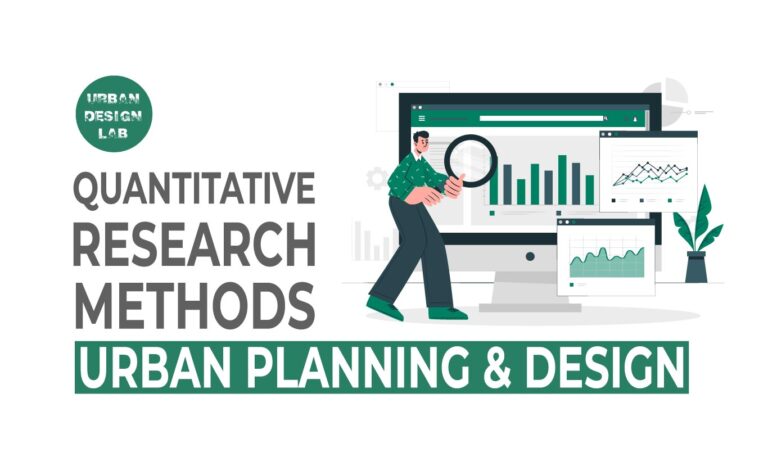
Quantitative Research Methods in Urban Planning & Design
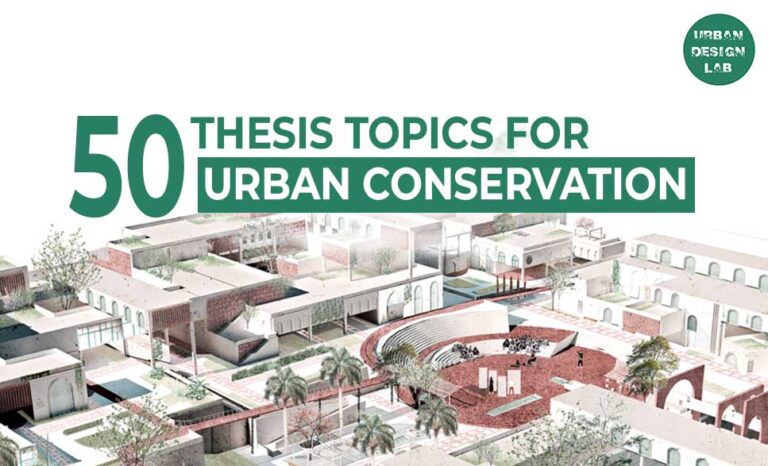
50 Best Thesis Topics for Urban Conservation
5-Days UDL GIS
Masterclass
GIS Made Easy – Learn to Map, Analyse, and Transform Urban Futures
Session Dates
14th-18th July 2025

Free E-Book
From thesis to Portfolio
A Guide to Convert Academic Work into a Professional Portfolio”
Recent Posts
- Article Posted:
- Article Posted:
- Article Posted:
- Article Posted:
- Article Posted:
- Article Posted:
- Article Posted:
- Article Posted:
- Article Posted:
- Article Posted:
- Article Posted:
- Article Posted:
Sign up for our Newsletter
“Let’s explore the new avenues of Urban environment together “


























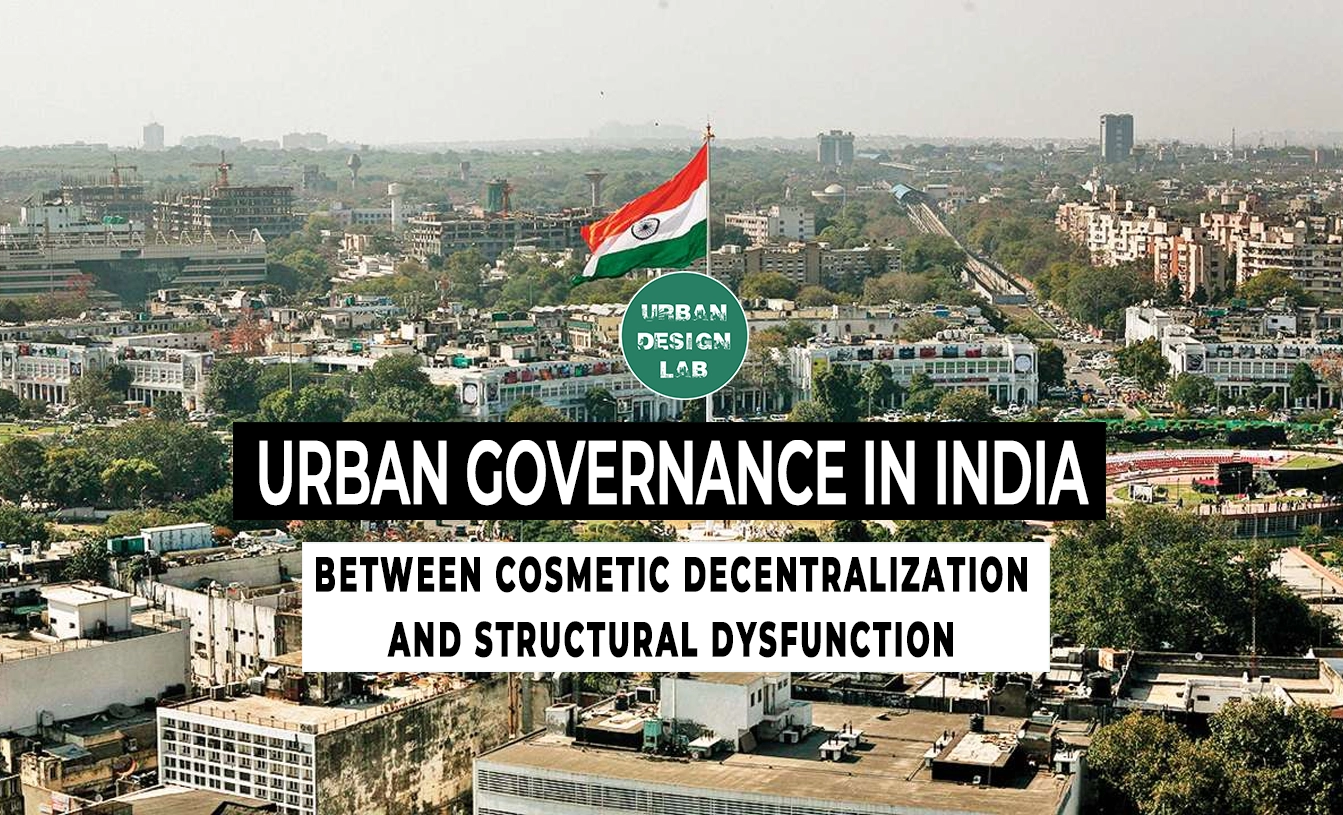




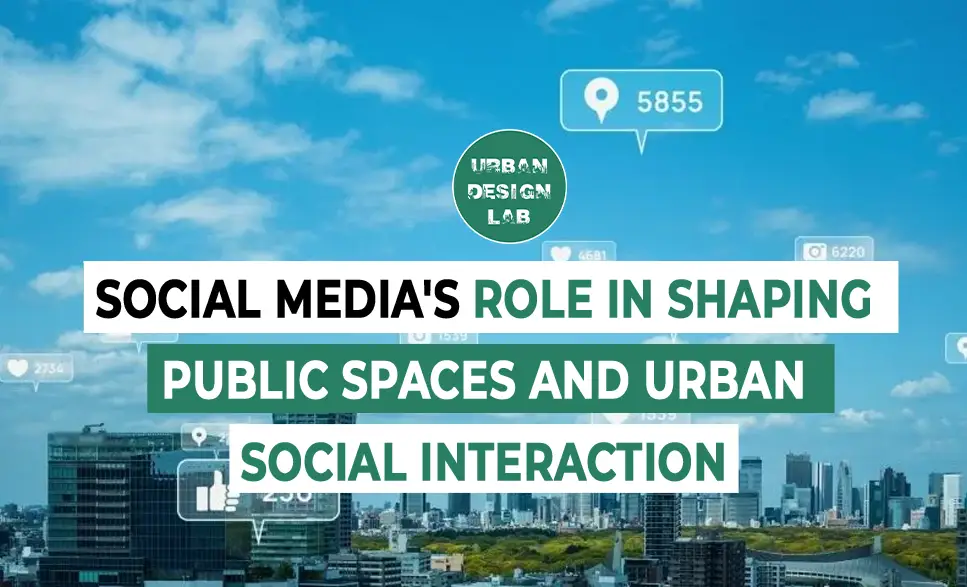
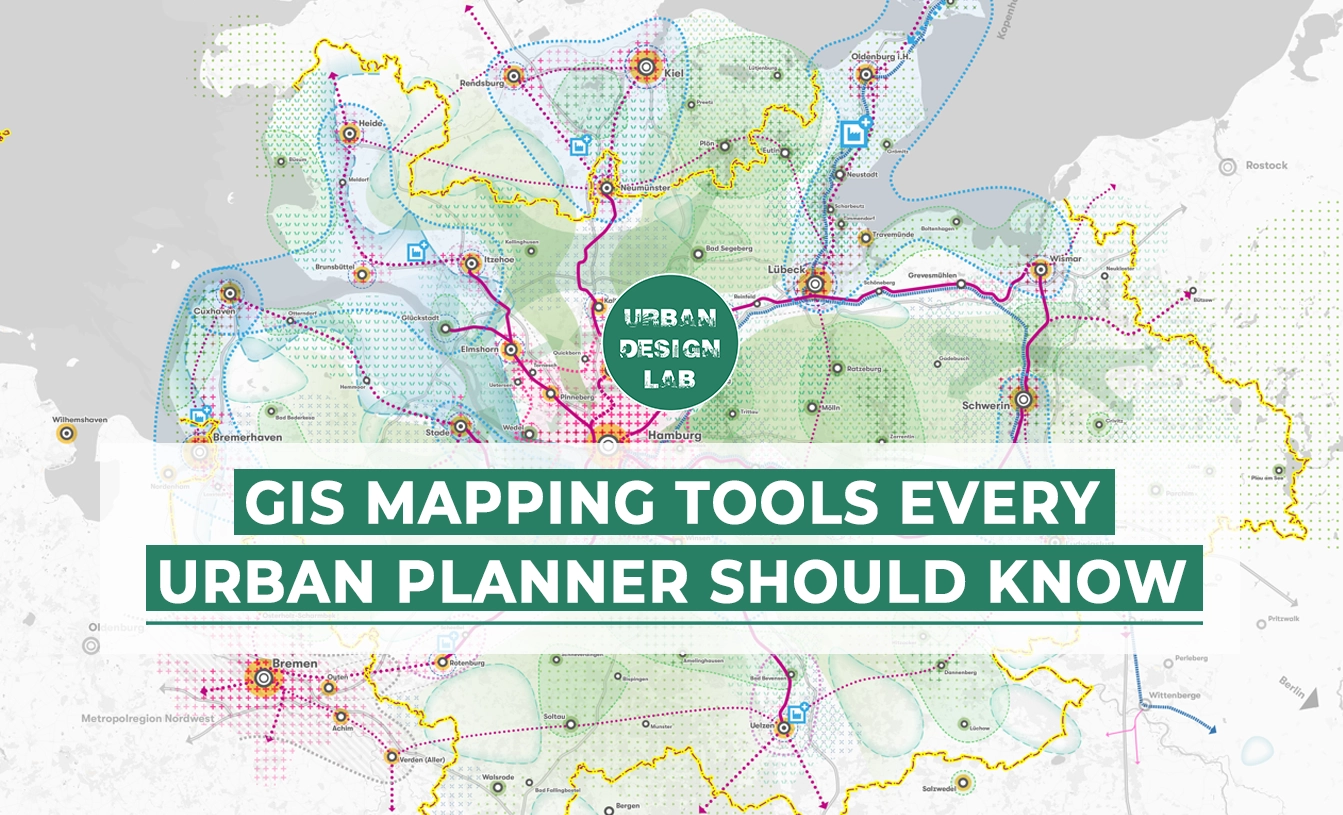


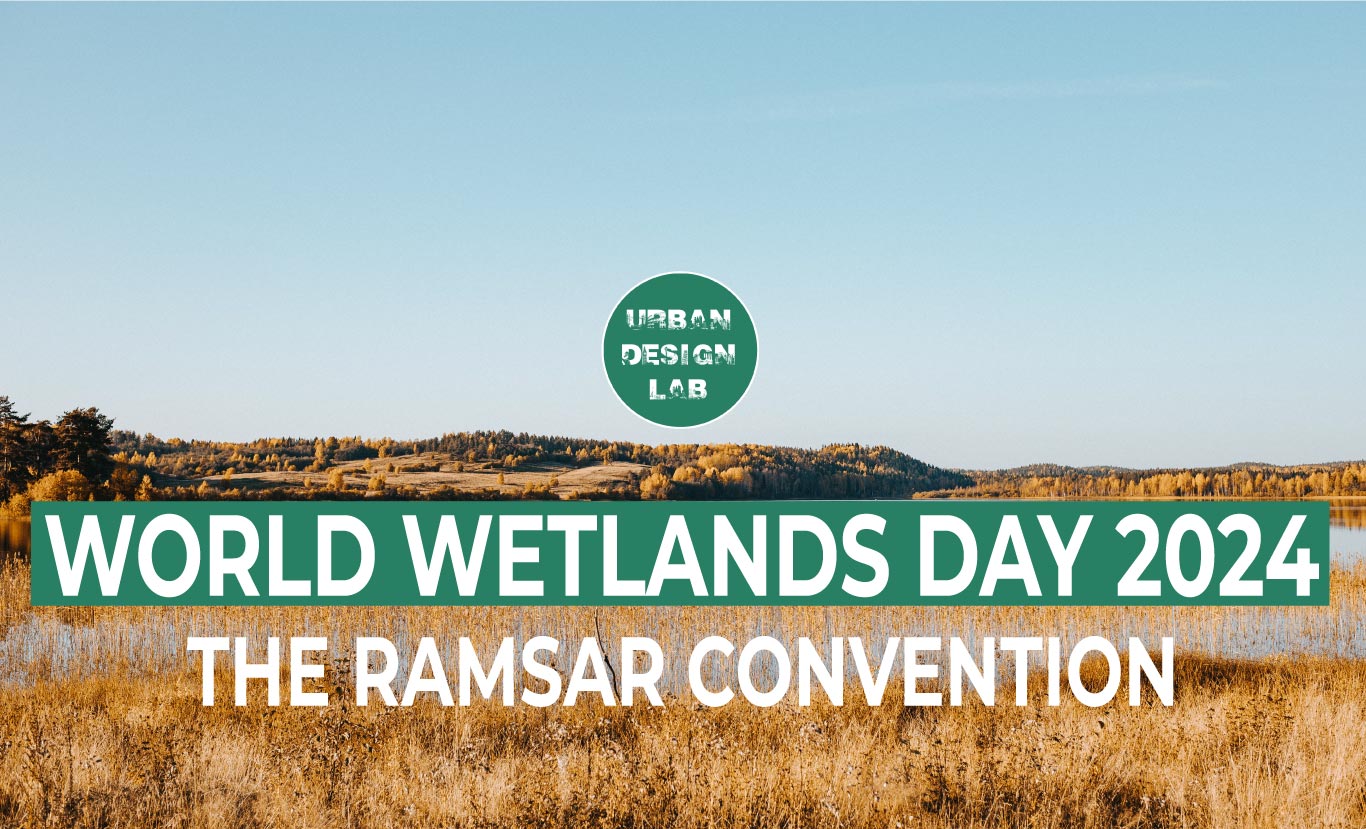

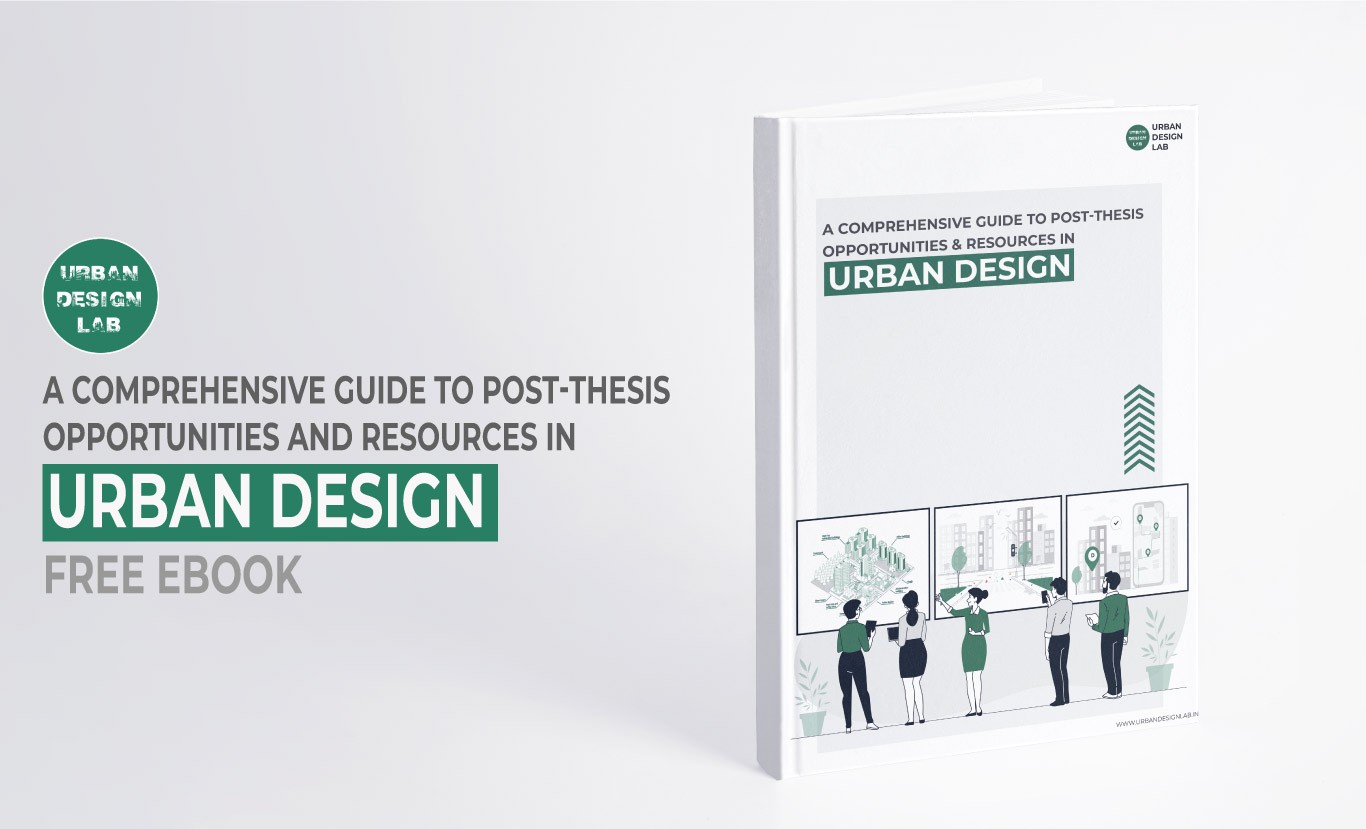
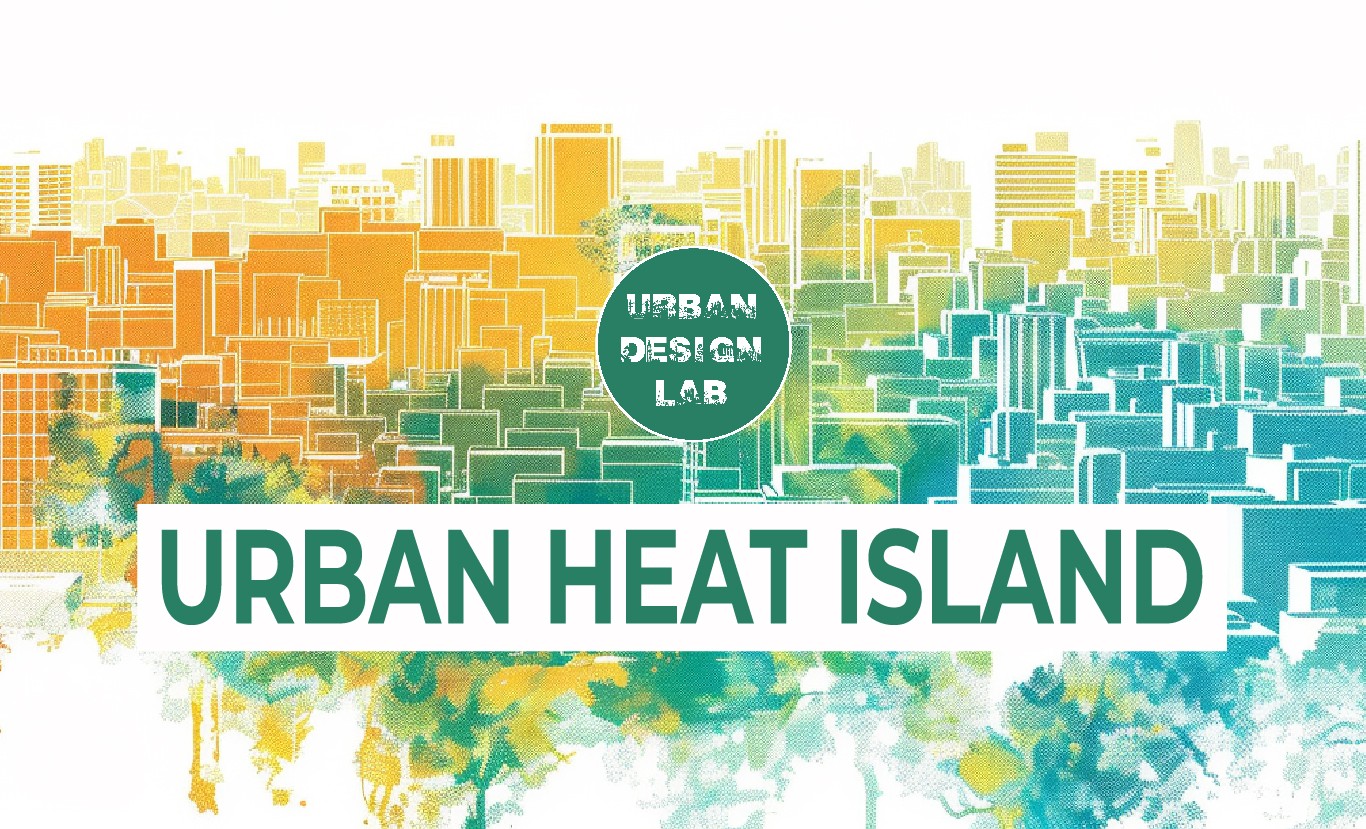
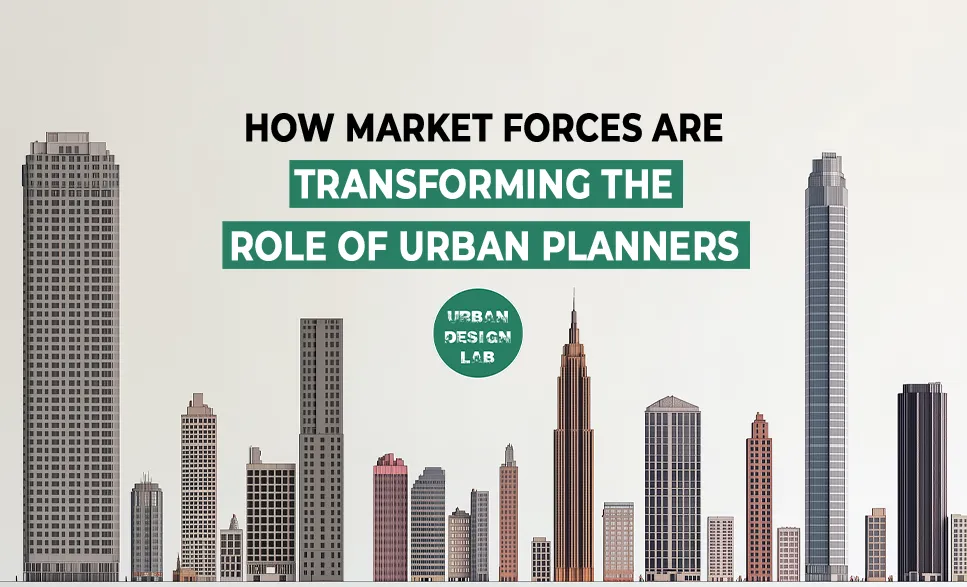
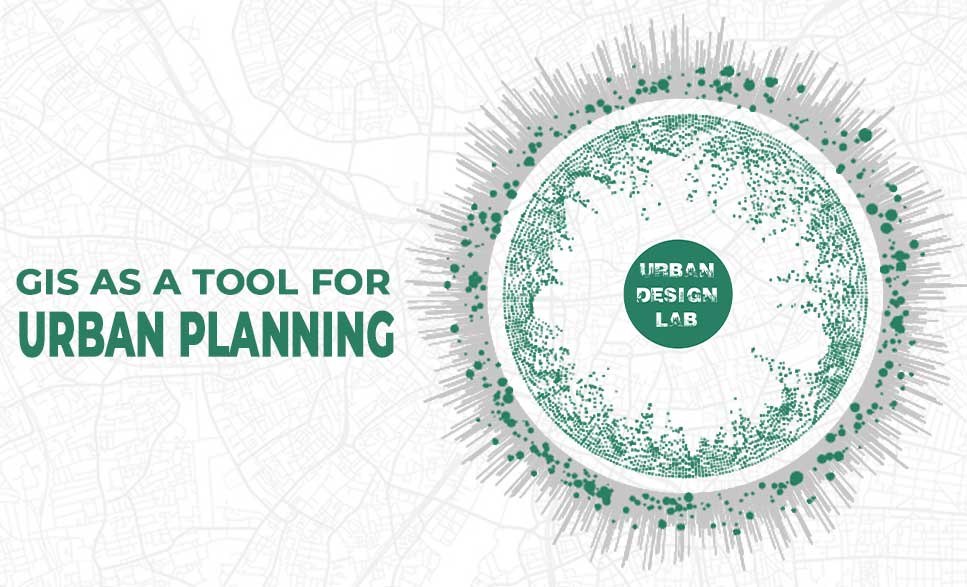
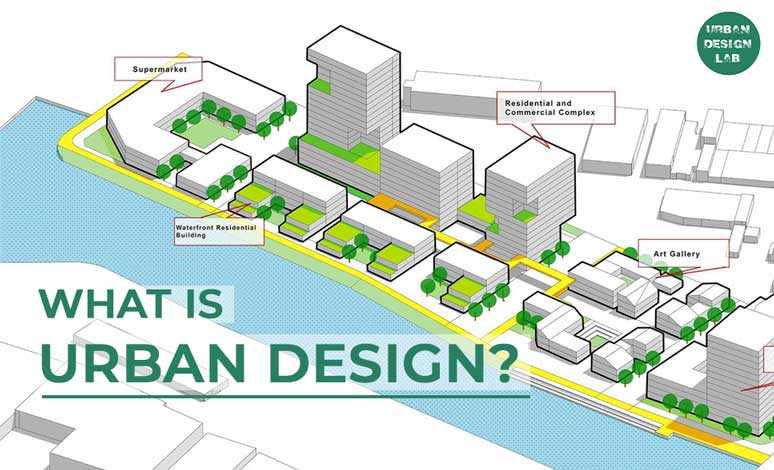





One Comment